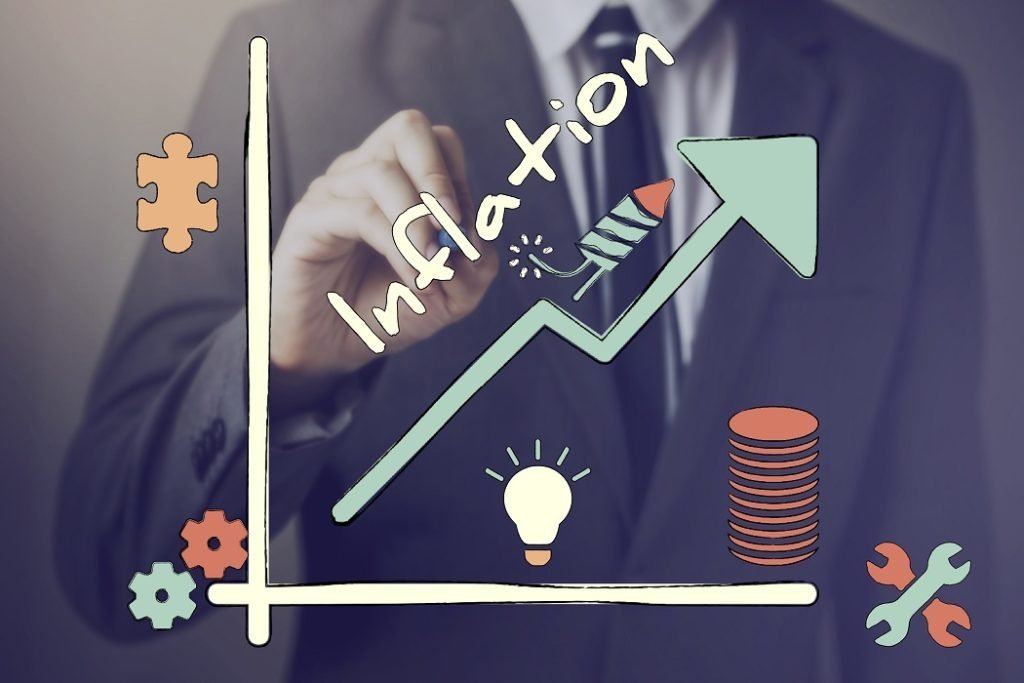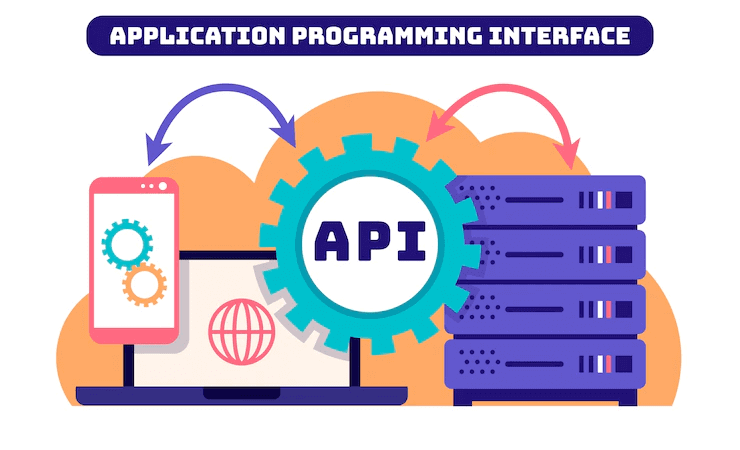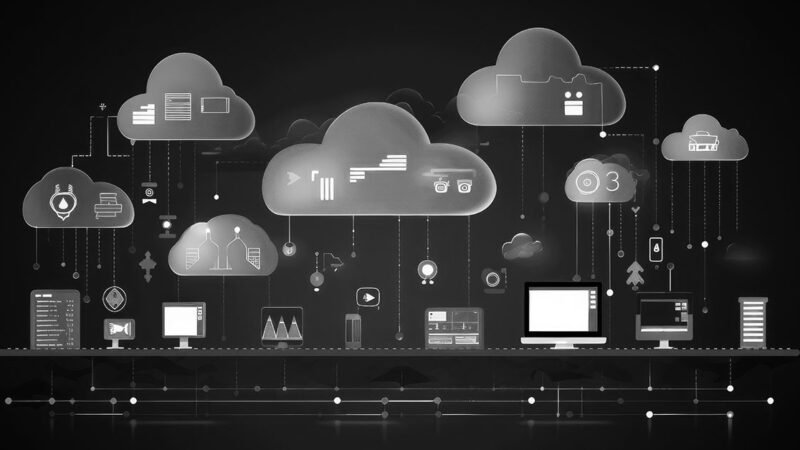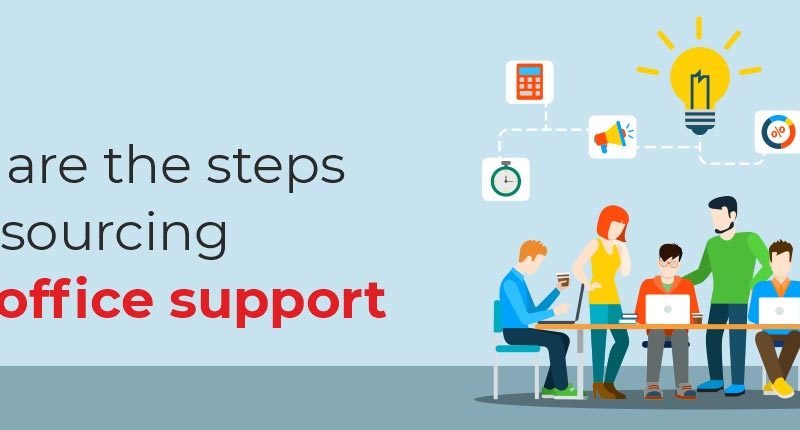Inflation, all you need to know

Concept
Inflation is the sustained increase in the general price level . If we analyze it from the point of view of money, inflation makes money worth less. It would be its depreciation , since at higher inflation less goods and services we can consume with the same amount of money. For the pocket of the citizen it means the loss of purchasing power .
The National Statistics Institute ( INE ) prepares the consumer price index ( CPI ) that is identified with the price level, based on a basket of common consumer goods in an average household in the country. This index has a direct impact on the rise in wages, pensions, rents, etc.
Inflation ends up being the change in the price level of the goods included in the basket.
Causes
The causes are diverse but these are the most relevant:
- The inflation consumption : is given when demand grows faster than supply, the productive sector can not adapt and increase prices.
- The inflation costs : occurs when companies need to raise the price of their products to maintain profit margins.
- Self- built inflation : in the face of future expectations of price increases, producers increase them to anticipate, causing those expectations to be met.
- Increase in the monetary base : the monetary base is the amount of money in an economy. When it increases, it causes demand to grow faster than supply, which causes an increase in prices.
The first 3 causes are explained with Keynesian theory, on the other hand, the fourth is related to the quantity theory of money.
Characteristics
There are characteristics that are general:
- Excess demand produced by the quantity of money in circulation.
- Increase in the cost of production as a result of the increase in raw material prices.
- Increase in taxes due to economic precariousness.
- Increase in the money supply .
Types of inflation
We can classify it into five types, according to the price increase:
- Deflation : is the negative, when prices fall.
- Disinflation : it is the decrease in the inflation rate, when prices rise but less than as they have been doing.
- Reflation : attempt to increase inflation due to deflationary pressures.
- Stagflation : when there is inflation together with a decrease in GDP or recession.
- Underlying inflation : is the rise in prices that excludes energy products and unprocessed food.
And according to the percentage, in four levels:
- Deflation : negative or decrease in prices.
- Moderate inflation : when prices rise slowly without exceeding 10% per year.
- Galloping inflation : when we talk about excessive inflation, even 2 to 3 digits.
- Hyperinflation : this is the case of a very high rise in prices. Although there is no precise value to determine that hyperinflation has been entered, the figure established by economist Philip Cagan of Columbia University of 50% per month is usually used as a reference . Hyperinflationary processes often cause citizens to change their daily behaviors to protect themselves from inflation and trigger serious economic crises.

Some corrective measures
Solving an inflationary economy requires economic and political measures . Among other measures, it is usually recommended to avoid an excess of money in circulation and to contain the increase in the cost of production.
That these corrective measures are taken in time prevents the country’s economy from entering a negative economic loop.
Minimum inflation
In general terms and in most countries, central banks control that there is a permanent minimum inflation , also called progressive inflation .
The Bank of Spain indicates as one of its objectives “to contribute to the monetary policy carried out by the European Central Bank , an institution in charge of sustaining this stability in the countries that share the euro, with the aim of trying to maintain an inflation rate below or close to 2% ”.
If there were no inflation, prices would fall (deflation), slowing down consumption and economic growth. This is why it is one of the most important elements of macroeconomics and monetary policies. With minimal inflation , price stability is achieved , one of the primary objectives for any Central Bank.
Consequences
The consequences can be positive or negative:
- The rise in prices helps reduce the value of debts . If there is inflation, wages rise at the same rate, but debt does not.
- The rise in prices causes people to consume in advance, with which money circulates and there is sale of goods and services.
- Loss of purchasing power , when prices rise more than wages.
- Decrease in savings , since inflation causes money to lose value. This increases consumption and spending, to the detriment of saving.






